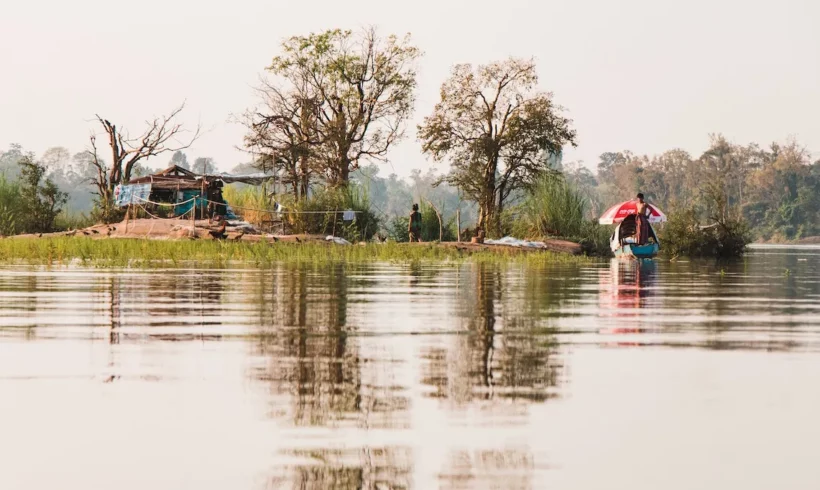By DR. MIRIAM ACZEL Cambodia has one of the lowest electrification rates in Southeast Asia: roughly half of Cambodia’s population does not have access...
Archive for tag: Cambodia
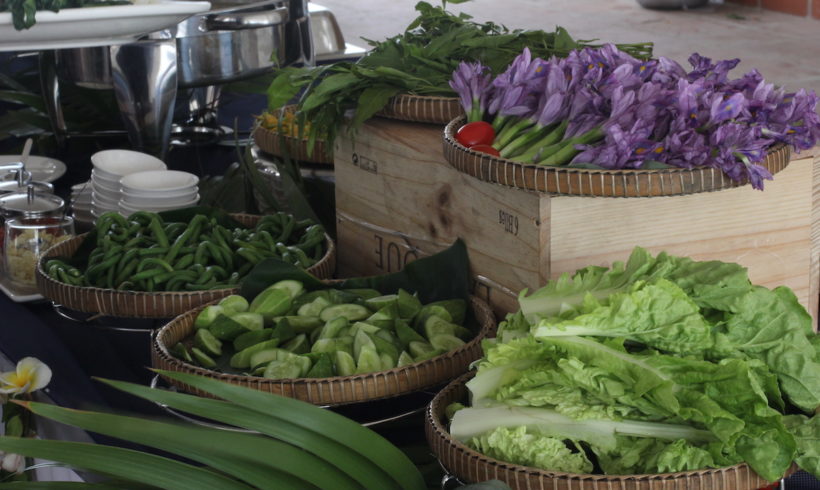
‘Zero is the Hero’: International Symposium Educates Students on the Concept of Zero in Math and Minimizes Environmental Impact
By DEBRA ACZEL and MIRIAM ACZEL Convened in Phnom Penh, Cambodia The Amir D. Aczel Foundation, in collaboration with the math department of the Royal University...
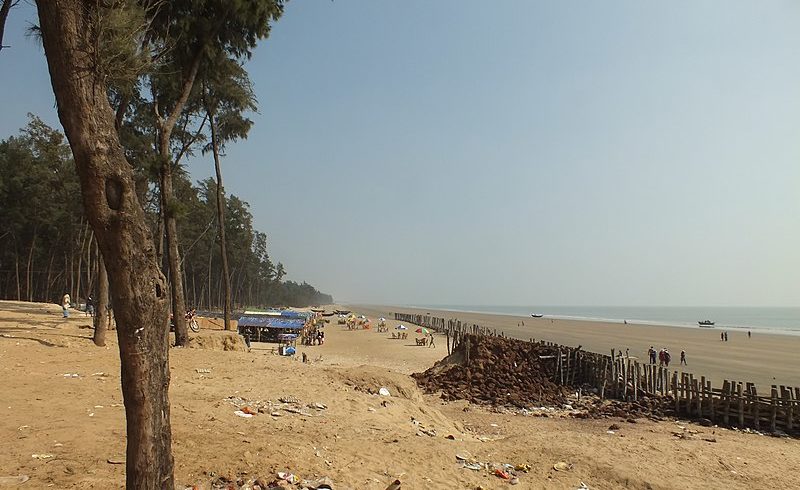
From Plastic to Fantastic: Promoting the Circular Economy in Cambodia
By DEBRA ACZEL and MIRIAM ACZEL Our plastics problem is BIG and growing A landmark study that measured global production, use and ultimate disposition of plastics found that we’ve...
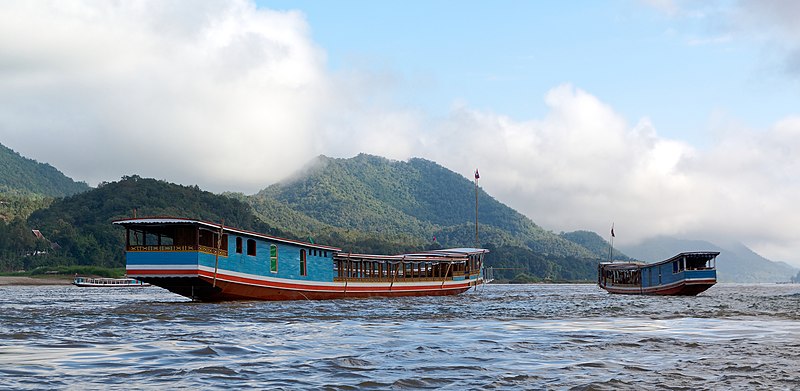
Preserving Legends to Protect the Environment
By MIRIAM ACZEL The Mekong River, one of the longest river systems in Asia—and twelfth longest in the world–flows through six countries: Cambodia, Laos, Myanmar, Thailand,...
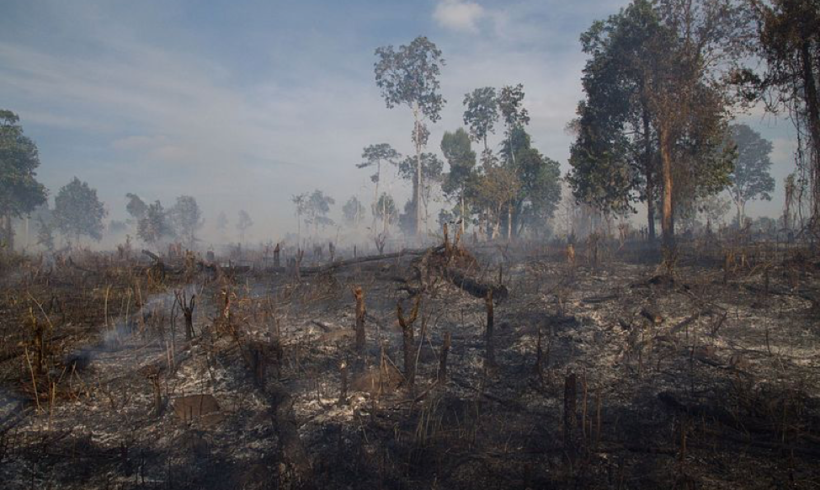
Cambodia’s Buddhist Monks Fight Against Deforestation
By DEBRA ACZEL and MIRIAM ACZEL Deforestation is a major environmental threat in Cambodia According to a study published last year in Science Advances, Cambodia has some...
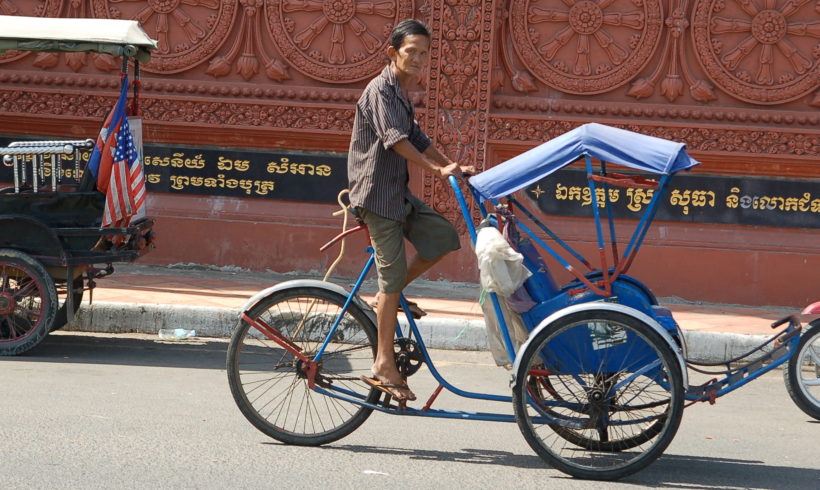
Cambodia’s Renewable Energy Prospects
Cambodia has made great strides in its efforts to develop its economy and improve the standard of living of its mostly rural population, with current GDP growth rate hovering around 7%. But a 2016 WWF report claimed that more than 6 million Cambodians still lacked access to energy, and Cambodia’s developing industries—particularly textiles—are energy-hungry. Cambodia developed a blueprint for development in 2013, Rectangular Strategy, Phase III, that identifies cheaper energy sources for households and business/industrial consumers as key to continuing development. The report says that while large-scale hydro and coal-fired plants have thus far been the preferred strategy due to their high generation potential and low production costs, diversifying energy sources to reduce fossil fuel reliance is also an important goal going forward.
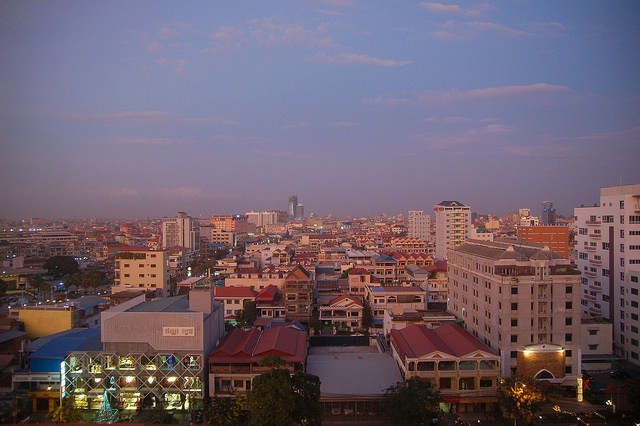
Energy in Cambodia: Challenges and Opportunities
The United Nations Millennium Summit in 2000 produced 8 Millennium Development Goals (MDGs), designed as a blueprint to improve the lives of the world’s poorest and most vulnerable populations. The MDG target date came and passed at the end of 2015. After analyzing the successes and shortcomings of the MDGs, the UN followed with a set of 17 Sustainable Development Goals (SDGs)—agreed to by 193 countries, including Cambodia—to replace and expand the MDGs, as well as highlight additional areas of global concern. One of these SDGs is the new goal of bringing “affordable and clean energy” to all nations.
In line with this objective, Cambodia’s government has embarked on an ambitious plan to provide reliable and inexpensive energy to its entire population. Cambodia has made great strides in meeting the energy demands of its population. But what remains uncertain are the environmental and social costs of the dams and fossil fuel plants being built. But it is hard to turn down the funding and support in Cambodia’s drive to develop its lagging infrastructure. This is a dilemma faced by the poorest nations—not just Cambodia—as they look for paths to improve the lives of their people. If Cambodia is to move up the economic ladder and attract more international business investment, it needs to continue improving energy access and stability. In rural areas this may mean looking at a combination of on-grid and off-grid solutions. It also needs to protect its valuable resources and look for more sustainable approaches to energy access.


